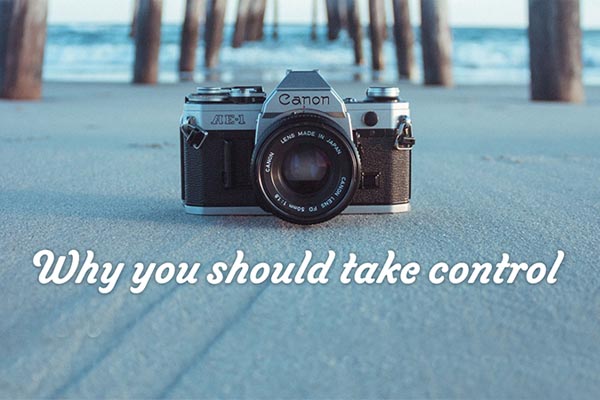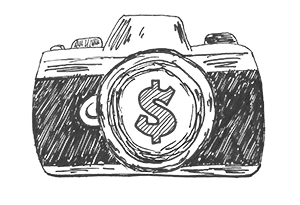
Why you should take control and not shoot in AUTO
EXIF
I mentor a few photographers and get sent lots of photos asking for constructive criticism of their work. Most of the time it only takes a couple of suggestions to get them on the right track. I really enjoy helping photographers, but there is one huge problem that is starting to get to me. That problem is EXIF, an Exchangeable Image File format, which specifies the format of all digital files, JPG, WAV, PSD, MP3, TIFF, MPEG, MOV, etc. Every image I get sent has the EXIF data attached and it always tells the truth.
It lists, the time, location, camera, lens, focal length used, aperture, ISO, shutter speed, and the one that does my head in, exposure mode. Now if it says manual mode or aperture priority mode I smile and give my feedback. The sad thing is the majority of the images I get, the exposure mode is listed as auto, portrait mode, and sports mode. These are all auto settings and the camera decides how the photo should look. I still give my feedback but it’s frustrating when the problem they are having wouldn’t be there if they had shot in manual or aperture priority.

Why you should shoot in Manual or Aperture Priority Mode.
If you are shooting photographs for the money you need to give your customer the best possible images you can. If all you are doing is using an auto exposure mode that anyone can do, you are just pointing and shooting. In fact, you could use your phone and get equally good results.
Manual and Aperture Priority modes allow you to build the style of image you want. Capturing images that you imagined and then made using the available light is how you create your style. Not pointing and shooting, letting the camera decide which settings to use will not let you develop a style. Every now and then the camera will give you a decent image but you have no idea why.
Build your image
When you’re looking at your subject and you are using manual mode you need to consider :
Direction of light
Background
Set ISO to 100
Depth of field needed
Shutter speed needed
Check the Exposure Meter
When the Exposure Meter is balanced take the photo. It only takes 15-30 seconds to change the settings. When you have been doing it for a few days, it becomes a habit and that time will be cut in half.
Act like a pro
Doing a portrait shoot sometimes requires you to go on a trek through a local park. Stopping at different spots and taking a few photos. If you are in manual mode you will take the time to think about the location and build the image on the fly. It doesn’t take long, all good professional photographers do it.
If you want to turn pro and make money with your camera you need to learn how to use it correctly. Start thinking like a photographer.
Equipment
So you’ve decided to make some money as a photographer. You use your camera in manual or aperture priority mode and in some shady, poorly lit situations you have to crank up the ISO very high to get the exposure meter balanced. The reason for this is your lens. If you are using a kit lens with variable apertures, like 3.5-5.6, you can’t get enough light in without turning the ISO up high and creating a grainy image.
You need a professional lens that allows you to keep the aperture set at 2.8 or even wider like 1.8 and 1.4. If you can take a photo at 2.8 instead of 5.6, you gain 2 stops of light, that’s 4x more light. So if the ISO was 3200 when the aperture was 5.6, it would come down to 800 at 2.8 and you wouldn’t see any grain in the image.
I know I say this constantly, but buy a 50mm 1.8 lens for around $150, if you have the funds get a 24-70 2.8 zoom as well. These two lenses will be all you need to shoot portraits and weddings.
You have a choice
You could keep shooting in Auto mode, be frustrated, and constantly under-deliver to your customers. Heck, you could pull your phone out for some shots and ask your customer which they like the best.
Or you could start thinking like a professional photographer and develop a style and wow your customers.
